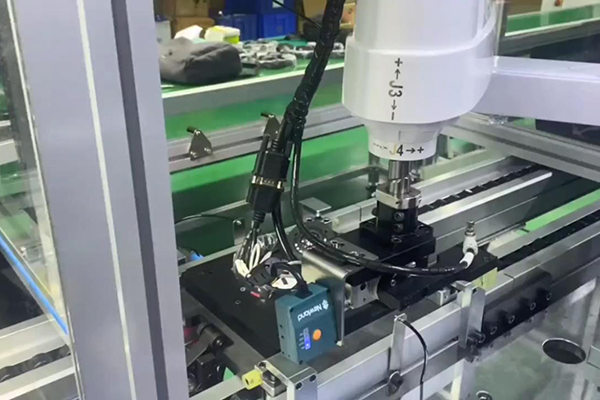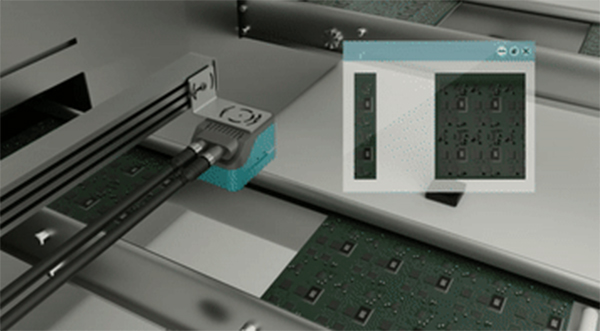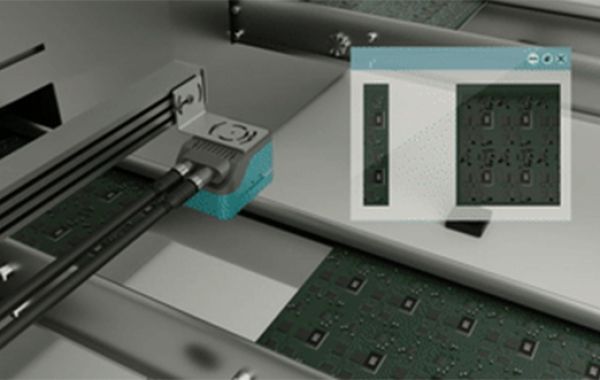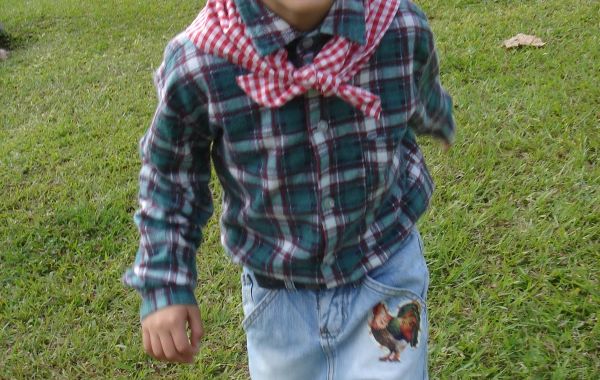Choosing an industrial barcode scanner for a production line involves several considerations to ensure it meets the specific needs and demands of your manufacturing environment. Here's a step-by-step guide to help you make an informed decision:

Application Requirements:
Identify the types of barcodes you need to scan (e.g., 1D barcodes, 2D barcodes, stacked barcodes) and the symbologies involved (e.g., UPC, Code 128, QR code, Data Matrix). Ensure the scanner supports these requirements.
Scanning Distance and Range:
Determine the distance from which barcodes need to be scanned on your production line. Choose a scanner with an appropriate scanning range to cover the required distances effectively.
Scanning Speed:
Consider the speed at which items move along the production line and choose a barcode scanner module that can keep up with the pace without compromising scanning accuracy. Look for scanners with high-speed scanning capabilities.
Durability and Industrial Design:
Opt for an industrial-grade scanner designed to withstand the rigors of a manufacturing environment. Consider factors such as resistance to dust, moisture, vibrations, and temperature variations.
Motion Tolerance:
If items on your production line move rapidly, ensure the scanner has high motion tolerance to accurately capture barcodes without blurring or distortion.
Connectivity Options:
Evaluate the connectivity options offered by the scanner (e.g., Ethernet, USB, RS-232, wireless). Choose a scanner that can easily integrate with your existing systems and network infrastructure.
Integration with Production Systems:
Check compatibility with your production line systems such as PLCs (Programmable Logic Controllers), MES (Manufacturing Execution Systems), or ERP (Enterprise Resource Planning) software. Ensure seamless integration for data sharing and workflow optimization.
Software and Configuration:
Consider the software capabilities of the scanner for configuration, monitoring, and data management. Look for features such as customizable settings, batch processing, and data logging.
User Interface and Ease of Use:
Choose a scanner with an intuitive user interface and ergonomic design for ease of use by operators on the production line. Features like triggerless scanning or hands-free operation can improve efficiency.
Maintenance and Support:
Consider the maintenance requirements of the barcode scan engine and the availability of technical support from the manufacturer or vendor. Ensure access to firmware updates, troubleshooting resources, and timely support.

Cost Considerations:
Evaluate the total cost of ownership, including initial purchase cost, ongoing maintenance, and potential productivity gains or cost savings achieved through improved scanning efficiency.
By carefully assessing these factors and choosing an industrial barcode scanner that aligns with your production line's specific requirements, you can enhance productivity, accuracy, and traceability in your manufacturing processes.








